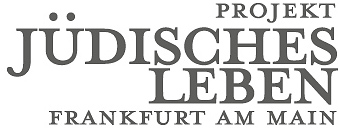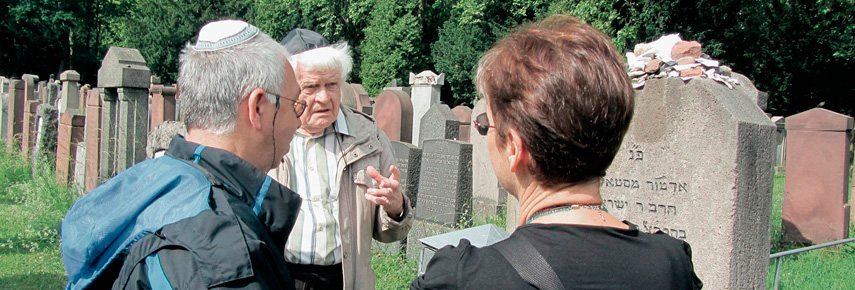Ludwig Adler – the father
Mari Ann Schwartzenberg’s father was born in Felsberg near Kassel. The family moved to Nieder-Florstadt, a village 25 miles northeast of Frankfurt, to run the family grocery store formerly owned by the grandfather.
Ludwig went to the Realschule (Middle school) in Kassel and completed his education to become a civil engineer in Cologne and Darmstadt. He fought in World War I and was awarded four medals of honor. After the war, he founded a company in Frankfurt, called “Adler Schweißanlagen”. The business, which involved the production and sale of welding equipment, was started in Kaiserstrasse 2, then moved to Bleichstraße and later to Hanauer Landstraße 18. Over the years, it expanded substantially, eventually consisting of 30 employees, eight of whom were travelling salesmen with company cars. During those years, Ludwig travelled extensively outside Germany and successively obtained large, important commissions in many European countries.
In 1929, he met Lotte. Mari Ann remembers her parents telling her stories about their frequent travels.
The most dramatic one was of their escape from the ever-increasing dangers of Nazism. It began on the evening of November 9, 1938, Ludwig was out walking with Lotte, when a friend warned Ludwig not to go home to escape incarceration during the “Kristallnacht”. He jumped into his car and drove to Cologne, where he hid in the attic of his acquaintance, a Hebrew teacher. Later Lotte went to his boarding house, packed his things and brought them to him by train. Ten days later, when the situation seemed sufficiently safe, he left Germany. With his business visa as cover, he was able to travel through Holland to England. When Lotte was finally able to join him a year later, they got married and ,in April 1940, they boarded a ship to New York, where Mari Ann was born. Eventually they relocated to Chicago, where Ludwig Adler opened a new welding equipment business.
His brother, Siegmund Adler, who lived in Karlsruhe, was not so fortunate. He and his wife managed to send their two young daughters to Palestine. But they were subsequently interned in Gurs. Through the Chicago Jewish organisation Selfhelp, Ludwig Adler was able to send money to his brother there, and he eventually received a letter from the Quakers who had delivered the money confirming that it had reached his brother. Sadly the same letter reported that his brother and sister-in-law had been deported to Auschwitz. Siegmund and his wife were sent first to Drancy and then on to Auschwitz on August 10th, 1942 where they both perished. The letter is now in the archives of the Illinois Holocaust Museum.
Ludwig´s sister, Jenny, who lived in Nieder-Florstadt was deported from Darmstadt on September 30th, 1942 to Treblinka.

